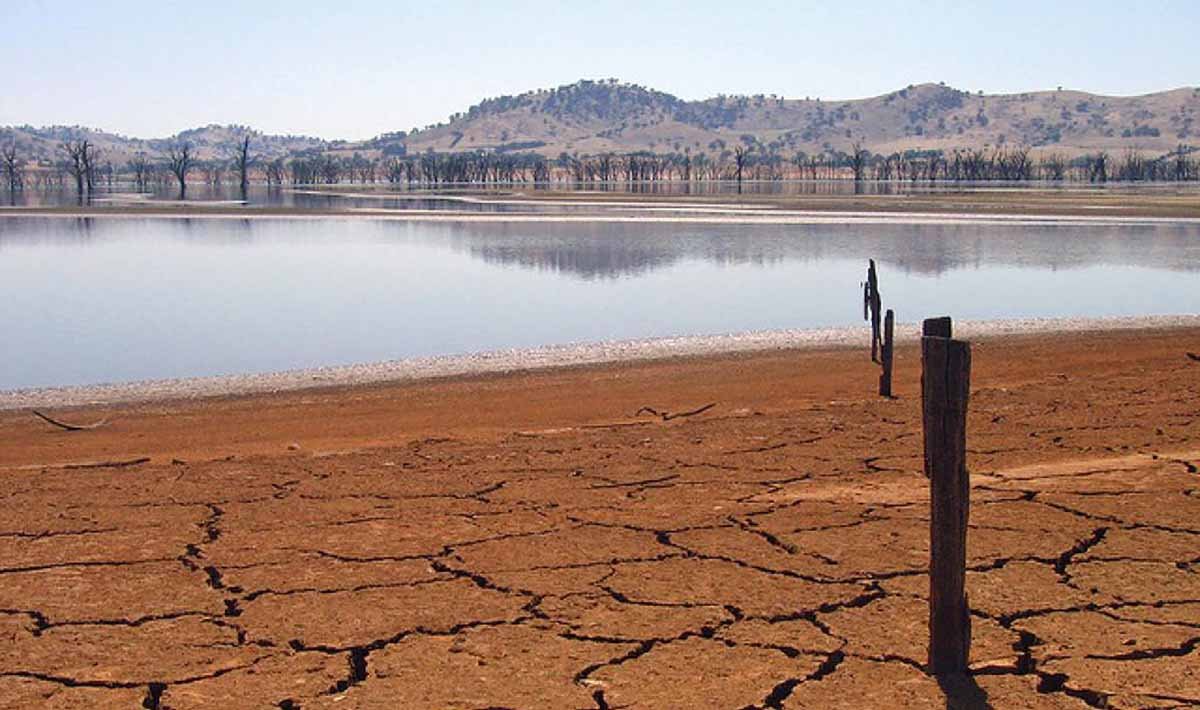
India suffers from two extreme conditions; one is heavy and another is drought. At least 330m people are likely to be affected by acute shortages of water. As the subcontinent awaits the imminent arrival of the monsoon rains, bringing relief to those who have suffered the long, dry and exceptionally warm summer, the crisis affecting India’s water resources is high on the public agenda.
Mumbai has approached heavy summer; the Brihanmumbai Municipal Corporation (BMC) took stock of the current drinking situation and concluded that water can be supplied for around 160 days or five months from the seven lakes. As per the data, as of March 20, the lakes were about 43% full, which supplied water for the next 160 days. Last year the water stock was 40%. The livestock of water is 50% in Tulsi Lake and 40% in Vihar Lake.
In 2021, between July 16 and July 23, the catchment areas of the lakes received a maximum of their stock. Before that, the BMC was on the verge of announcing a water cut as the overall water level in seven lakes was just 17%. However, by July 22, the water level had crossed 50%, followed by 60% on July 24 and 70% on July 28. Every year; Mumbai gets sufficient rainfall between July and August, which provides relief from any water shortage. Previously, BMC had to announce water cuts during the low rainfall season.
Also, in August 2022, water supplies in the city’s western and eastern suburbs were affected when BMC carried out repair work on one of its seven water reservoirs, which affected areas like Kurla, Andheri, Ghatkopar, Ram Mandir and Goregaon. The BMC supplies 3,850 million litres of water daily against the city’s demand for 4,200 million litres.
Bhatsa dam in Thane, which supplies 55% of the total annual water requirement of the city, has 45% water stock, which was at 42% last year. For Upper Vaitarna, the water level is 40% as of Monday. Last year at this time, the level stood at 53%. Middle Vaitarna has 41% of water stock as opposed to 23% last year.
The civic body supplies 3,850 million litres of water daily against the city’s demand for 4,200 million litres. In order to meet the shortfall, BMC has been exploring several ways to increase water supply. Meanwhile, in June 2021, the civic body had signed a memorandum of understanding (MoU) with an Israel-based firm for the city’s first desalination project at Manori in Malad, which is expected to be ready by 2025.
There is a need for an integrated approach, which addresses source sustainability, land use management, agricultural strategies, demand management and the distribution and pricing of water. With growing pressures because of climate change, migration and population growth, creativity and imagination, they needed governance to manage this precious resource.
India’s monsoon season lasts from June to September. It sees heavy rains, which refill the country’s water reservoirs and are vital for agriculture but cause immense destruction and loss of life. Dozens died in floods in India every year, particularly in the eastern states of Bihar and Assam, last month, with the inundation causing heavy losses to farms, homes and infrastructure. All because of rising deforestation, poor urban planning and increased urbanization reason behind the rise in the intensity of the floods.
Unprecedented drought demands unconventional responses, and there have been some fairly unusual attempts to address this year’s shortage. The need to shift water on this scale sheds light on the key issue that makes water planning in the Indian subcontinent so challenging. While the region gets considerable precipitation most years from the annual monsoon, the rain falls in particular places – and for only a short period (about three months). This water needs to be stored and made to last for the entire year.

